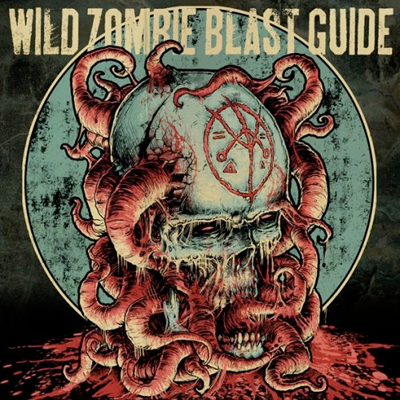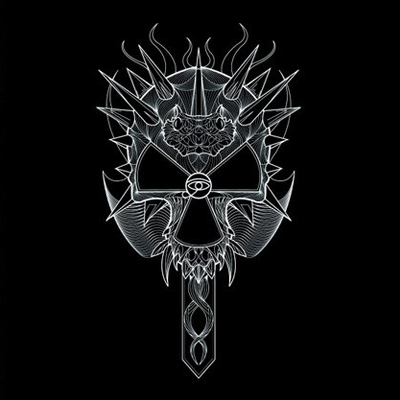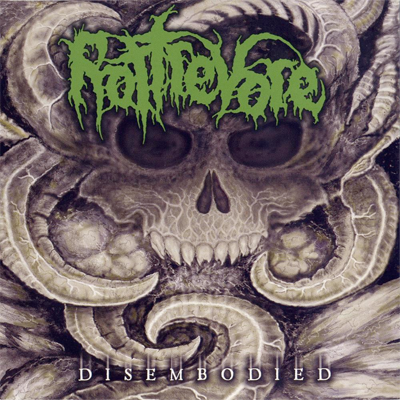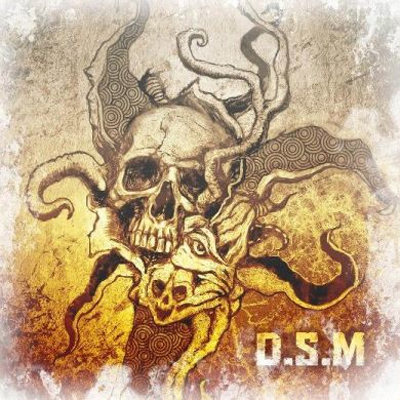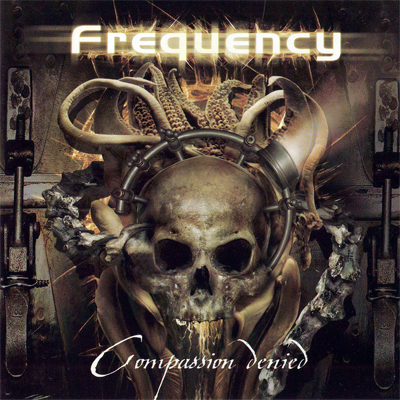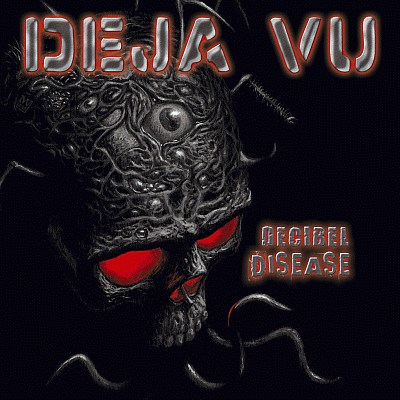
DEJA VU, Decibel Disease (2008, Karthago)
The skull:
Apparently this is what happens to a skull when it’s blasted with high decibel heavy metal: it grows tentacles under its jaw, spider-like legs on its head, and some kind of crank or nutcracker on one side of the noggin. That, and the bone is overtaken by a Michael Whelan-esque series of veins and eyeballs. The red glow emanating from eye and nasal holes lets us know that the decibel disease is peaking and continuing to spread. This is not good news for the skull. Probably should have worn earplugs, dude.
The music:
Great band name, considering you’ve totally heard this before. The music of Germany’s Deja Vu can be summed up easily: Painkiller-era Judas Priest with a healthy dose of the post-Painkiller sort of thing Halford did in his solo band (Halford, not Two). This includes some pretty impressive high-pitched screeching from guitarist Werner Kerscher, who probably would have been a better choice for Priest than Ripper. Unfortunately, there’s more “Metal Meltdown”-level dumbness here than “A Touch of Evil”-esque majesty. If they found their own sound, Deja Vu might be something really special, but too many times they just rip off songs from the Priest/Halford catalog, and so many of them are almost exact analogs of the originals — “Children of the Eighties” is a lot like Halford’s “Made in Hell.” And then “Die for the Tyrant” is indeed sort of like Judas Priest’s “Tyrant,” with its unpredictable twists and regal atmosphere but shot straight into the Painkiller-era, amped up, modernized and musclebound.”You Know My Name” puts Deja Vu on the right track, a powerful slice of dynamic power metal punctuated with some exciting rhythmic accents and punches. And then we get into knuckleheaded crud like “Metalhead” once again that isn’t so much Priest as it is Helix or Jackyl. Deja Vu was going pretty strong there for a few years, releasing a debut in 2006 and this one in 2008, so it’s been awhile and I wouldn’t hold out much hope that they’ll shed their weaknesses and work on their strengths. Or maybe it’s taking them that long to improve. Or maybe they’re working on their own version of Nostradamus, a triple album called The Greek about the predictions of NFL football commentator Jimmy the Greek.
— Friar Wagner
